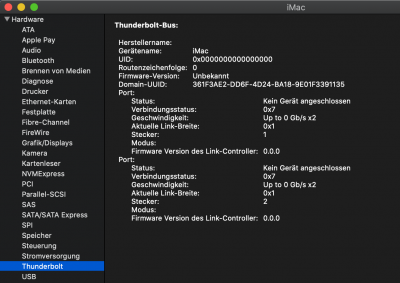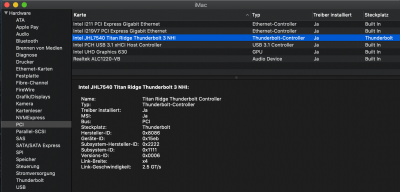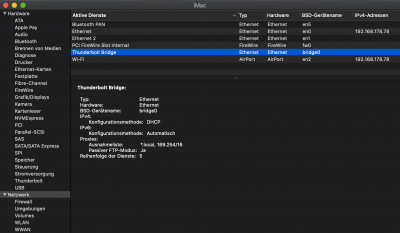I have modified the
Raspberry Pi instructions by recommending the
low-cost clip over the Pomona 5250 because the low-cost version better encapsulates the Winbond W25Q80DV.
If you desoldered the chip off the motherboard then re-soldered the same chip back and subsequently confirmed that the chip is (a) readable, (b) has correct firmware, and (c) is not in an Unknown state, then there may be hope.
- Have you used a magnifying glass to ensure there is no solder bridge between any of the pins?
- Do all neighboring components on the motherboard look good? There are tiny SMD capacitors and resistors nearby. We need to ensure that there's no solder residue in any surrounding component.
- Was the board wiped clean with 70% or higher isopropyl alcohol (IPA)?
It might be a good idea to re-flash the motherboard BIOS (not Thunderbolt firmware, but standard BIOS), then re-configure BIOS parameters once again.
Well I have the low cost clip and I couldn't fit it once. Must be a different one maybe.
We have not used a magnifying glass but I believe my friend did a pretty good job and was clean about it.
Yes, he used IPA to clean the motherboard after each solder. I'm actually going to get a magnifying glass and take a closer look.
Neighboring components look alright, maybe you can give us a second opinion.
After your message, I went ahead and took a closer look.
As you can see from the photos, the solder of pins 7-8 looks a little weird from one angle, so I checked if they're shorted. They were not.
After comparing to some photos I took before soldering, I realized that there is one
capacitor/resistor missing right
above pin 7-8 of the chip.
Do you mind taking a photo of your chip and the surrounding area so we can do a comparison?
Maybe also measure what kind of resistor/capacitor is that in case it's replaceable.
Here's the "before" picture:
Here's the "after"
After that, I checked pin 7 and the right pin of the missing component and they're connected. Then I measured the left pin's voltage while powered and it's 3,3v.
Since pin 7 was essentially disconnected, the chip wouldn't work without it. So I went ahead and connected those two pins together with some flux, then voila, thunderbolt is working.
I was blown away by how everything worked just like that. My TB1 hard drive is suddenly recognized. Sleep/wake worked like a charm. WOW!
Tried a warm boot to Windows and it recognized the already connected hard drive there as well.
Under windows, thunderbolt software still doesn't show the ports and hot plug did not work.
Anyway, back to OSX, ioreg is fully populated now.
I hope the UID is properly assigned and there won't be any issues with that.
@CaseySJ thank you so much for sticking it out with us, really appreciate your contribution to this community. Big shout out to my friend that soldered this for me, I didn't trust myself enough to solder something like that.




